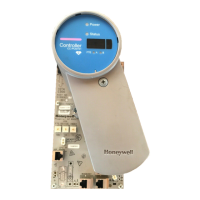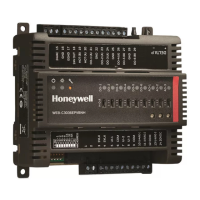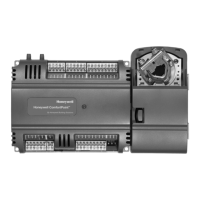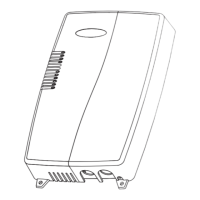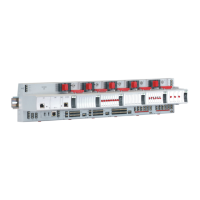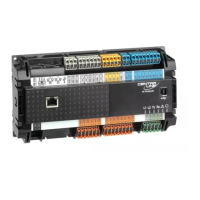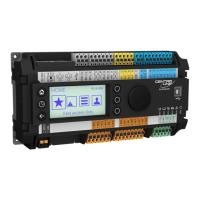Series 8 C300 Controller User's Guide
Honeywell
8. C300 Redundancy operation
8.8. C300 Redundancy-related notifications
across FTE.
Note that partner compatibility checks across FTE are
triggered by the Alternate Synchronization command.
Redun Partner
Visible on Redun
Link
Both the primary and secondary controllers generate this
notification upon detecting a compatible partner visible
across the redundancy private-path.
Note that partner compatibility checks across the
redundancy private-path are periodically attempted when in
the NOPARTNER sync state.
Both the primary and secondary controllers generate this
notification upon commencing initial-sync.
Both the primary and secondary controllers generate this
notification upon successfully completing initial-sync.
Both the primary and secondary controllers generate this
notification upon entering the Standby sync state through
the Enable Standby command.
One time information notification sent whenever the
redundancy link transitions from link inactive to link active.
For example, this notification will be generated when the
redundancy link cable is connected.
One time information notification sent whenever the
redundancy link transitions from link active to link inactive.
For example, this notification will be generated when the
redundancy link cable is disconnected.
Both the primary and secondary controllers generate this
notification following controller redundancy switchover.
Specifically, switchover breaks the previously existing
notification connection, a new notification connection is
reformed, event regeneration is commanded, and then the
controller generates this notification. This notification is
generated on subsequent commanded event regenerations
until initial-sync is attempted.
The primary and secondary controllers perform a continuous
background checksum on redundancy tracked memory to
explicitly verify that the primary and secondary are in sync.
Failure of this diagnostic indicates that the secondary has
encountered a condition whereby its local copy of
redundancy memory does not match the primary. This fault
is inserted either by {1} a software bug on secondary
controller firmware whereby redundancy tracked memory is
overwritten by code running on the secondary, or {2}
marginal hardware. Given that firmware releases are
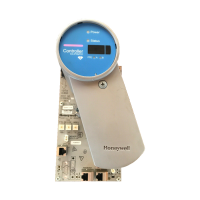
